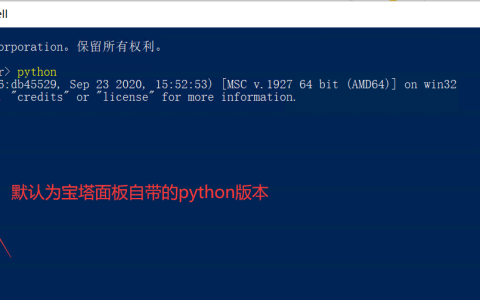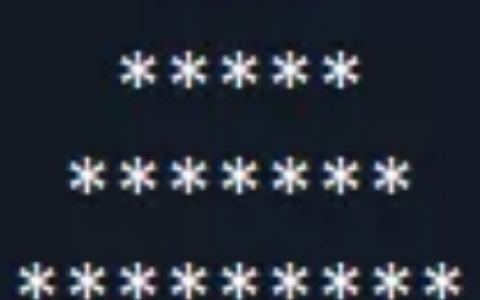多線程是指一個程序中存在多個獨立的執行流,它們可以同時執行以提高程序的效率。
在 Python 中,可以使用 threading 庫來實現多線程編程。
創建線程:
您可以創建一個新線程,並向該線程提供一個函數作為參數。例如:
import time
import threading
def worker():
print('Worker thread started')
time.sleep(1)
print('Worker thread finished')
thread = threading.Thread(target=worker)
thread.start()
運行以上代碼後,將啟動一個新線程,並在該線程內執行 worker 函數。
線程同步:
在多線程編程中,需要考慮線程同步的問題,以避免數據不一致等問題。
例如,您可以使用互斥鎖(Lock)保護共享數據,以避免多個線程同時對該數據進行修改:
import time
import threading
counter = 0
lock = threading.Lock()
def worker():
global counter
lock.acquire()
try:
counter += 1
finally:
lock.release()
threads = []
for i in range(5):
thread = threading.Thread(target=worker)
threads.append(thread)
thread.start()
for thread in threads:
thread.join()
print('Counter:', counter)
運行以上代碼後,將得到以下輸出:
Counter: 5
這些僅是多線程編程的一些基礎知識,更多的內容可以在 Python 文檔中查找:
https://docs.python.org/3/library/threading.html
多線程編程是一個非常複雜的主題,需要綜合考慮線程安全、性能等多個因素。希望本篇文章對您有所幫助。
發布者:彬彬筆記,轉載請註明出處:https://www.binbinbiji.com/zh-hant/python/3039.html

![[:3]python什麼意思](https://www.binbinbiji.com/wp-content/uploads/2020/03/noimg-480x300.png)

